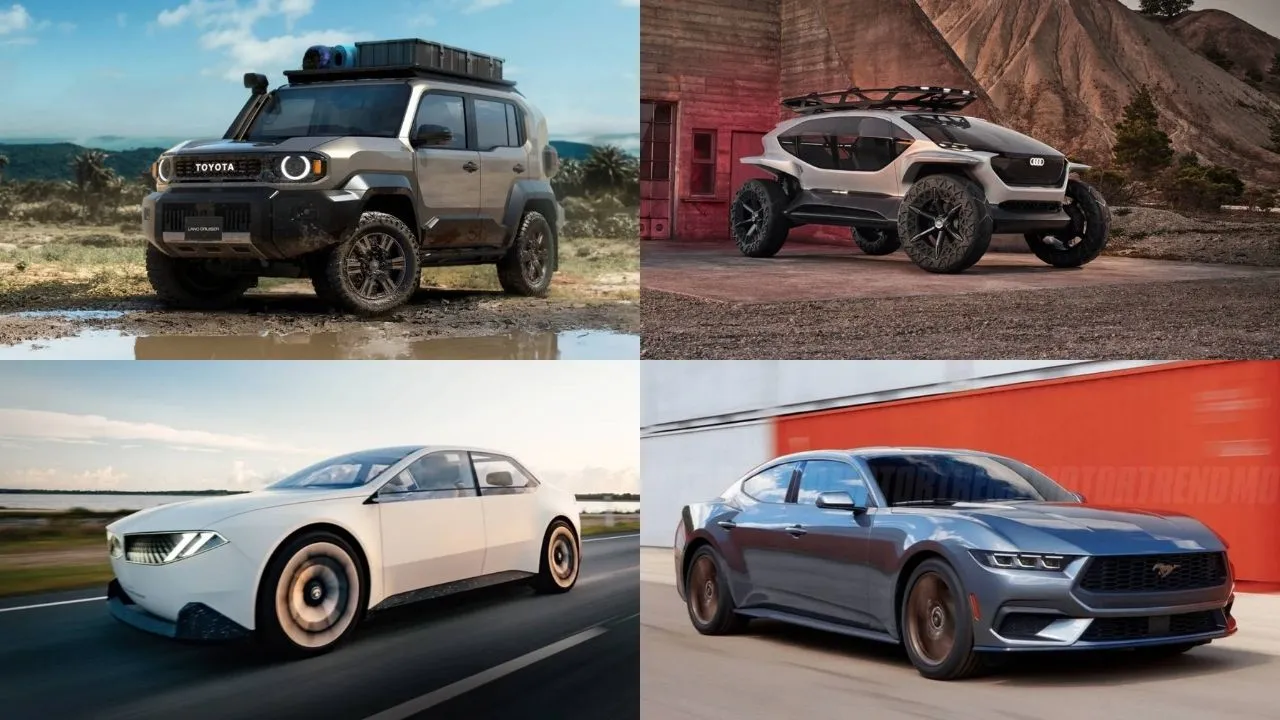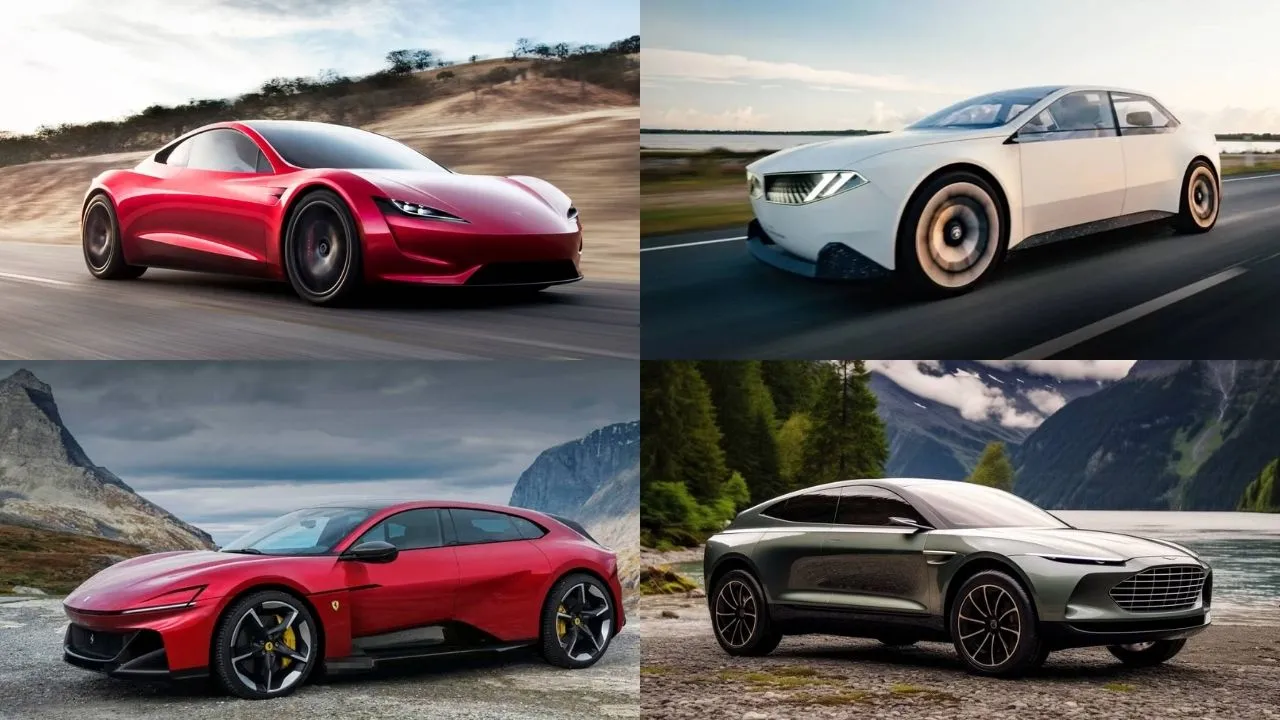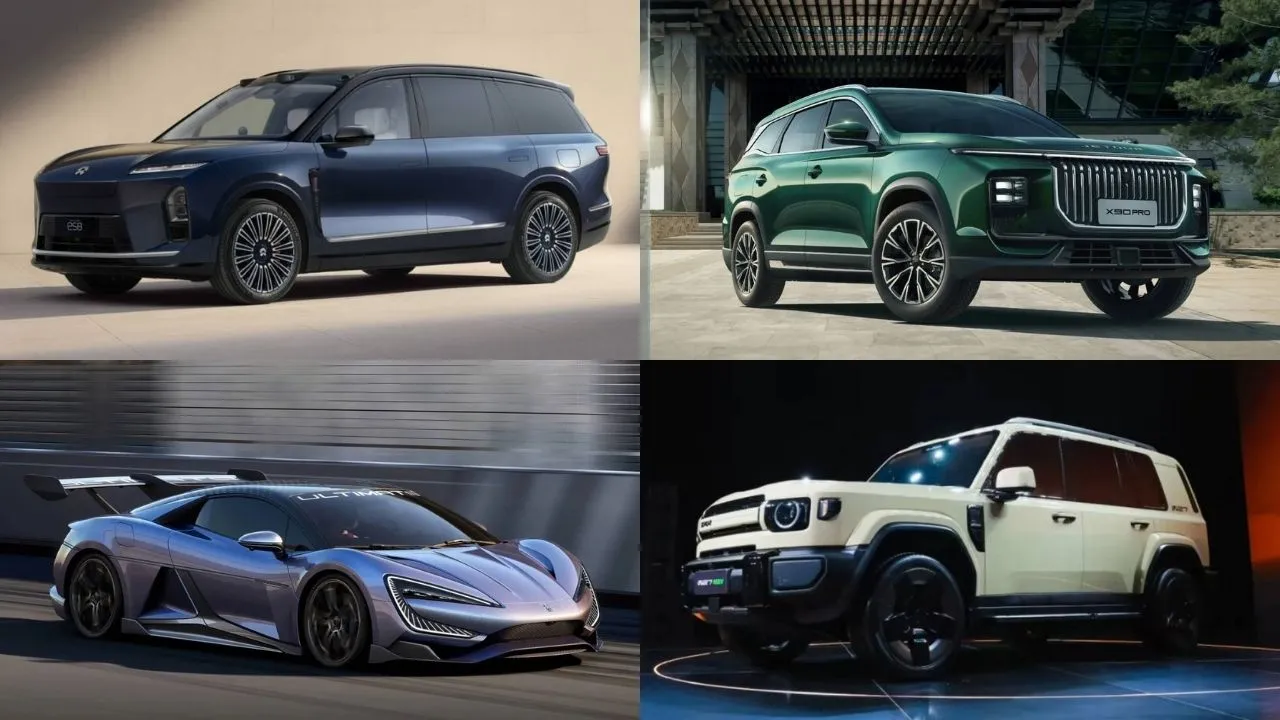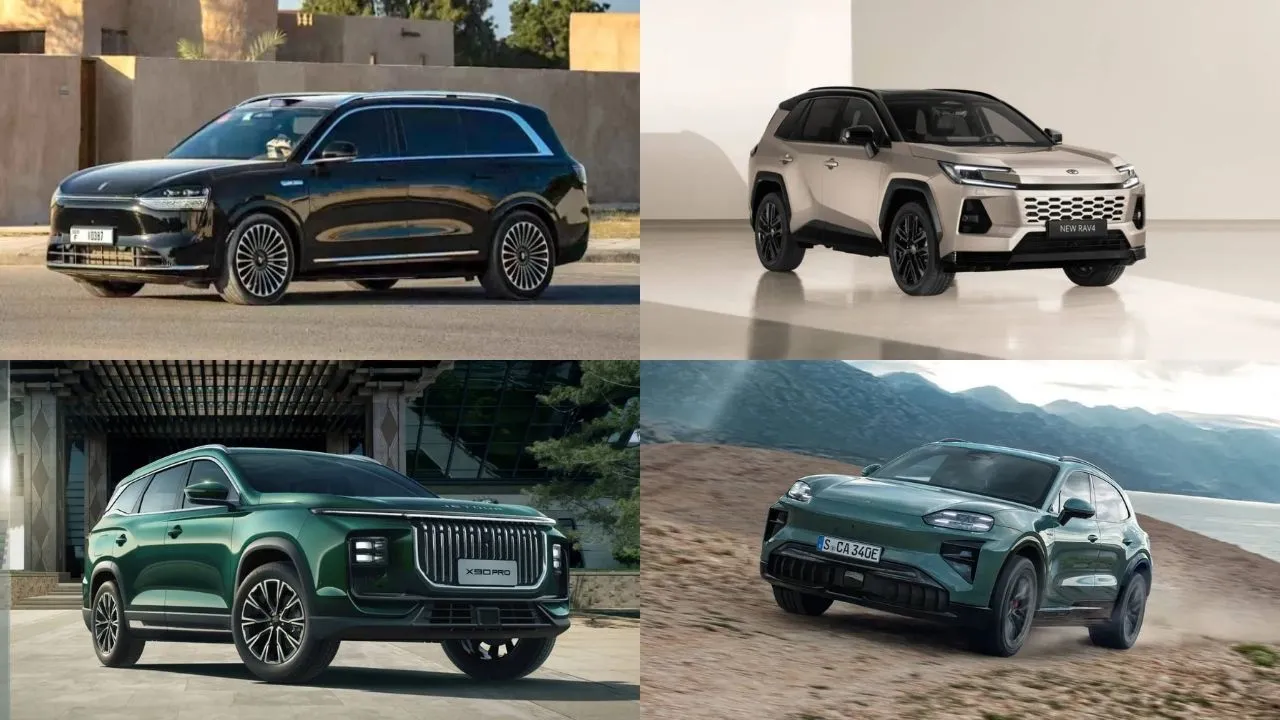DubiCars Car Spotlight — Mitsubishi Pajero: All You Need To Know About The Mitsubishi Pajero, Its Generations, Dakar Rally Victories & More
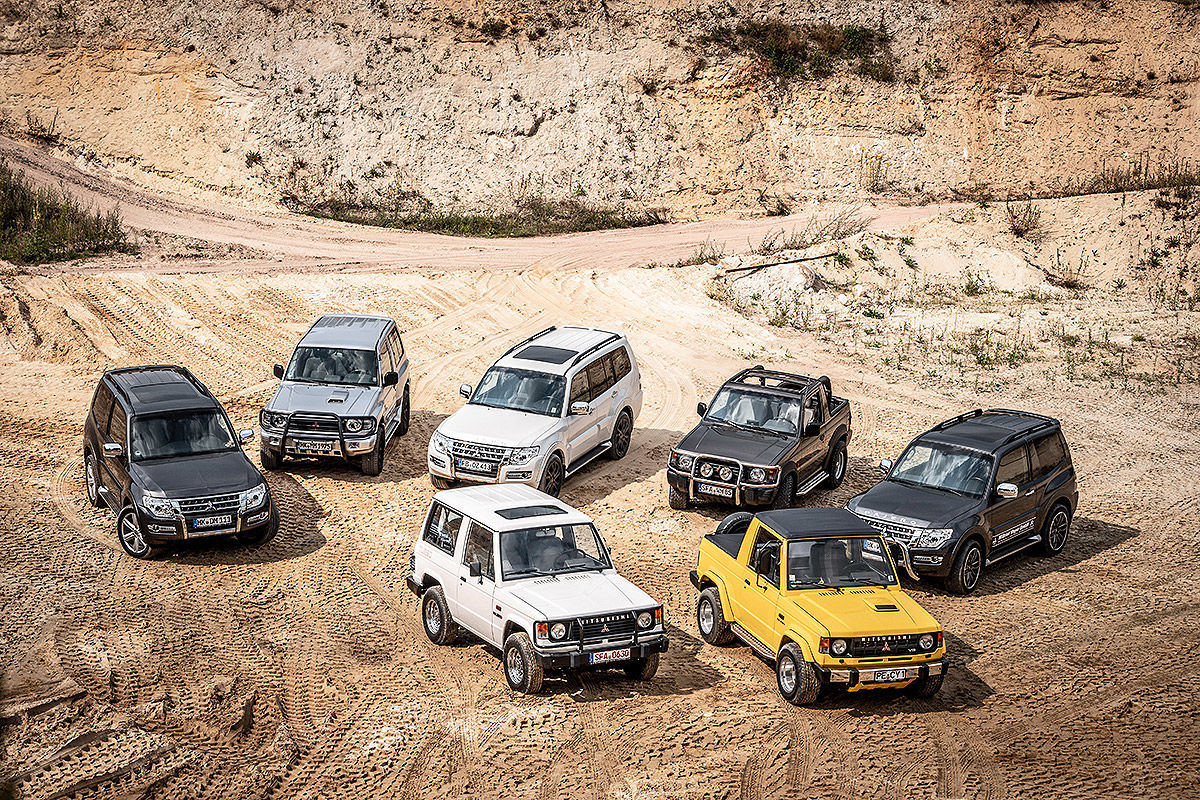
When a motorsport enthusiast thinks of a Mitsubishi Pajero, images of a short-wheelbase Pajero with loads of sponsorship stickers driving over some of the toughest terrains in the world at high speeds come to mind. For the hundreds of thousands of Mitsubishi Pajero owners across the world, it is a comfortable, spacious, reliable, and capable SUV. This stark contrast is just what defines the Mitsubishi Pajero.
The Mitsubishi Pajero derives its name from the biological name of the Pampas Cat — Leopardus Pajeros. However, it isn’t exactly known just why Mitsubishi named the Pajero after the Pampas Cat. Over the decades, the Mitsubishi Pajero established itself as an SUV that offered affordability, low maintenance & great performance, all in one package.
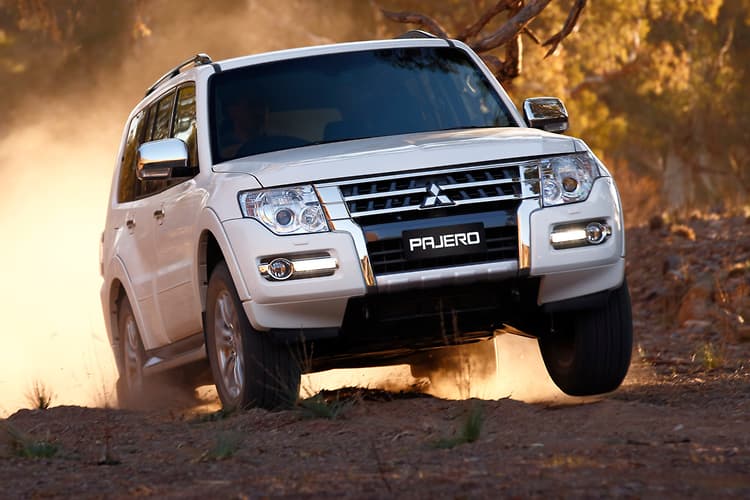
In this edition of the DubiCars Car Spotlight, we take a closer look at the Mitsubishi Pajero, its generations & the immense success it enjoyed in the world of motorsport. Read on to know more.
Mitsubishi Pajero History & Heritage — Models Over The Years
Roots Of The Mitsubishi Pajero
Although the Mitsubishi Pajero was launched only in 1981, the name Pajero first appeared way back in 1934. The Japanese government commissioned the development of a new sedan to be used by government officials. Mitsubishi built the PX33 Prototype and it was also known as the Pajero. Only four cars were built, but the Japanese government cancelled the program in 1937.
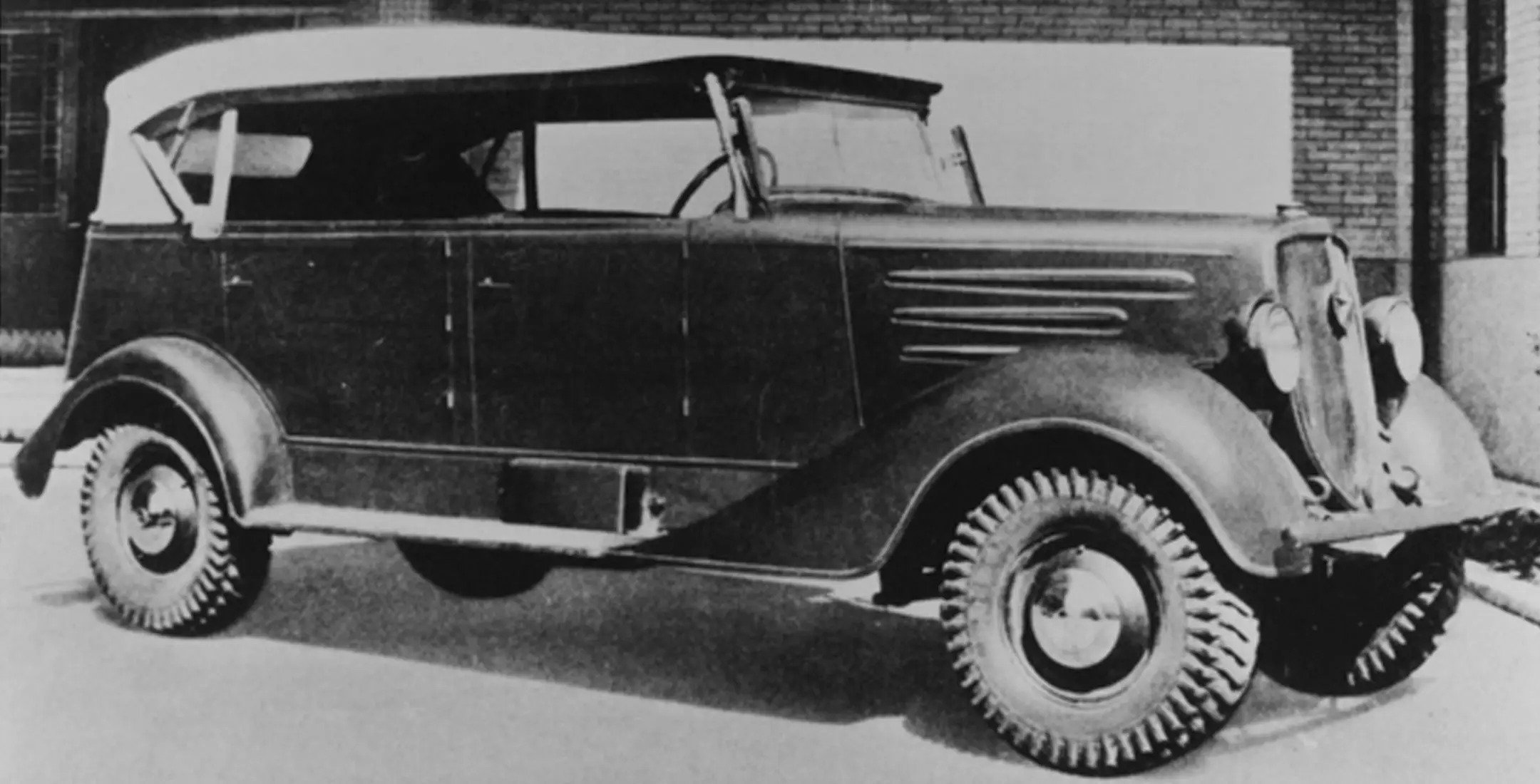
The Mitsubishi PX33 was the first Japanese sedan to feature Four-Wheel-Drive. So, it was only natural for Mitsubishi to bring back the Pajero nameplate nearly 50 years later when the brand introduced its next 4WD passenger vehicle — the Pajero SUV.
First Generation | 1982 – 1991
The first Mitsubishi Pajero prototype was revealed at the 1973 Tokyo Motor Show. A second prototype named the Pajero II was revealed five years later. After years of research and development, the first-gen Mitsubishi Pajero finally went into production in 1981 and was officially launched in 1982.
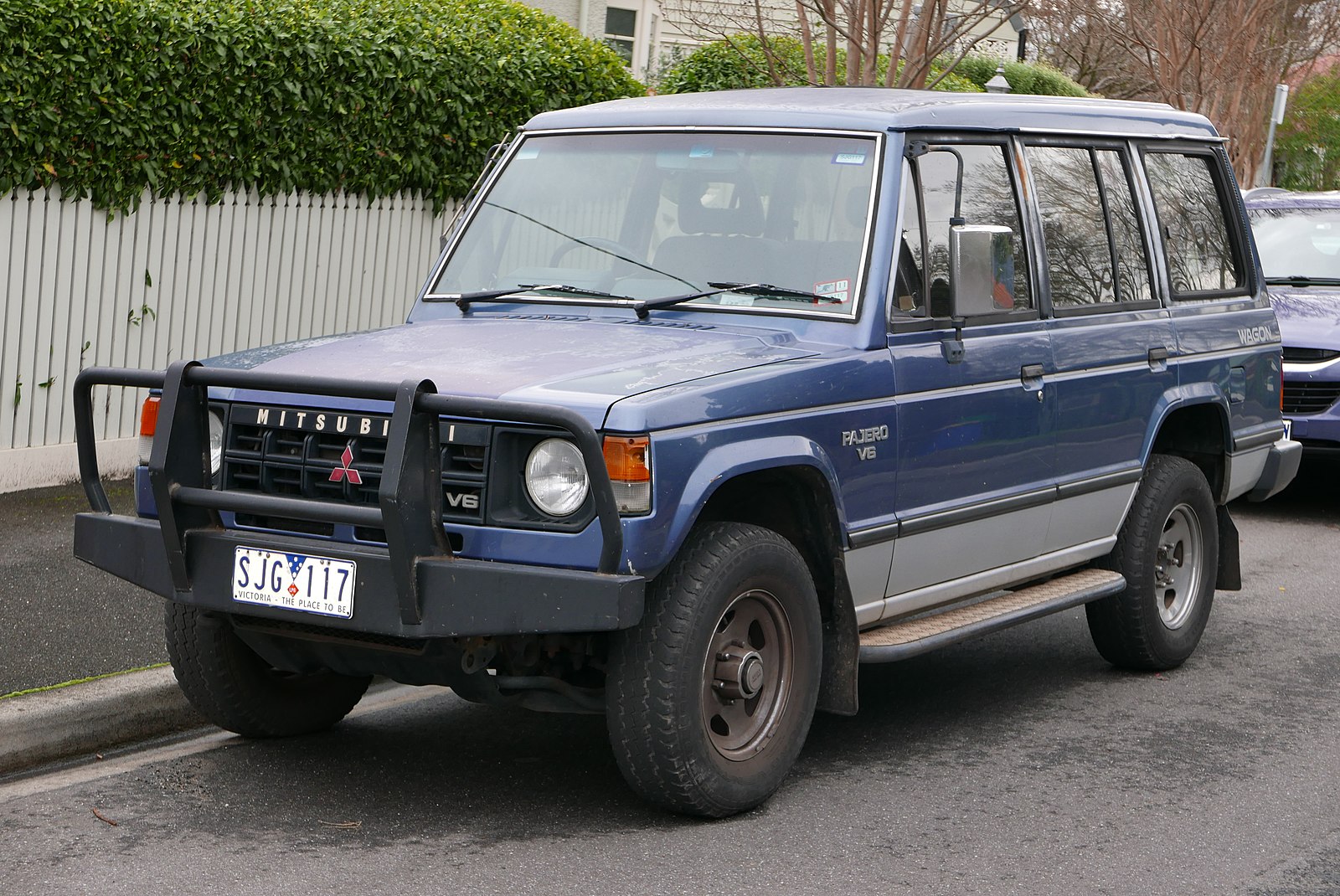
Back then, the Pajero was developed as a luxury off-roader and hence targeted directly at the likes of the Land Rover Range Rover & Toyota Land Cruiser. Initially, it was only available as a 3-door, short wheelbase. More variants and the long-wheelbase 5-door version were eventually launched.
Petrol engines ranged from a 2.0-litre inline-4 to a 3.0-litre V6 while diesel engines on offer ranged from a 2.3-litre inline-4 to a 2.5-litre inline-4. The circular headlamps were the signature design trait of the first-gen Mitsubishi Pajero.
Second Generation | 1991 – 2001
After being produced for almost 10 years, the first-gen Pajero was replaced by the second generation. The circular headlamps were replaced by more elegant-looking rectangular units. The overall boxy shape was retained and the design was neater on the whole. To enthusiasts, this generation of the Pajero still remains the most desirable.
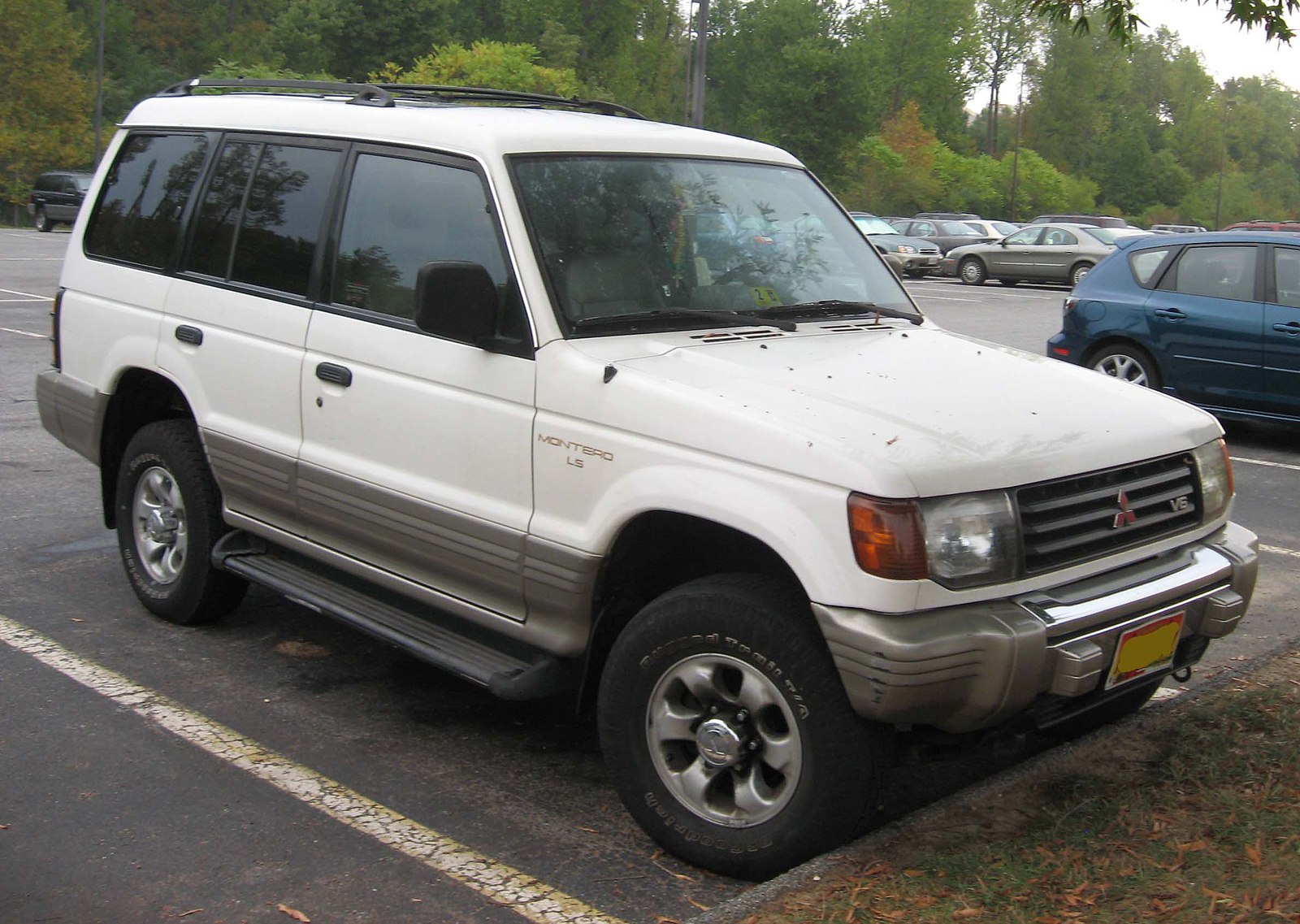
Petrol engine options ranged from a 2.4-litre inline-4 to a 3.5-litre V6 while diesel engine options included 2.5-litre and 2.8-litre inline-4 options. Production of the second-gen Pajero ended in 2001 for most countries. However, a few Chinese car manufacturers bought the manufacturing rights to the Pajero and sold it under several names till 2014. In India, it was sold till 2012.
In most countries around the world, the second-gen Pajero still remains one of the most iconic SUVs ever sold. It is seen as the last thoroughly rugged and utilitarian Pajero generation.
Third Generation | 1999 – 2011
Several changes took place by the time Mitsubishi started production of the third-generation Pajero. As aforementioned, the Mitsubishi Pajero was earlier targeted at the likes of the Toyota Land Cruiser and Land Rover Range Rover. However, by now, it was quite clear that Pajero had fallen behind in terms of the luxurious features on offer. The Mitsubishi Pajero was seen as an affordable and capable SUV while the likes of the Range Rover were considered luxury SUVs.

Mitsubishi also completely changed the way the Pajero looked. With the third generation Pajero, Mitsubishi got rid of the boxy design and styling in favour of a more rounded and curvaceous shape. It was still a big and burly SUV, however, it featured a refreshing design and styling.
Mitsubishi got rid of the inline-4 petrol engines and it was only available with either a 3.0-litre, 3.5-litre or 3.8-litre V6. In addition to the old 2.5-litre and 2.8-litre inline-4 diesel engines, Mitsubishi introduced a new 3.2-litre unit. Production of the third-gen ended in 2011.
Fourth Generation | 2006 – 2021
While the third-gen was still on sale, Mitsubishi launched the fourth generation of the Pajero. At the 2006 Paris Auto Show, the glamorous fourth-gen Pajero was revealed. It featured modern styling and was loaded with features. By now, the Pajero had transitioned from a rugged and utilitarian SUV to an equally capable, yet luxurious off-roader.
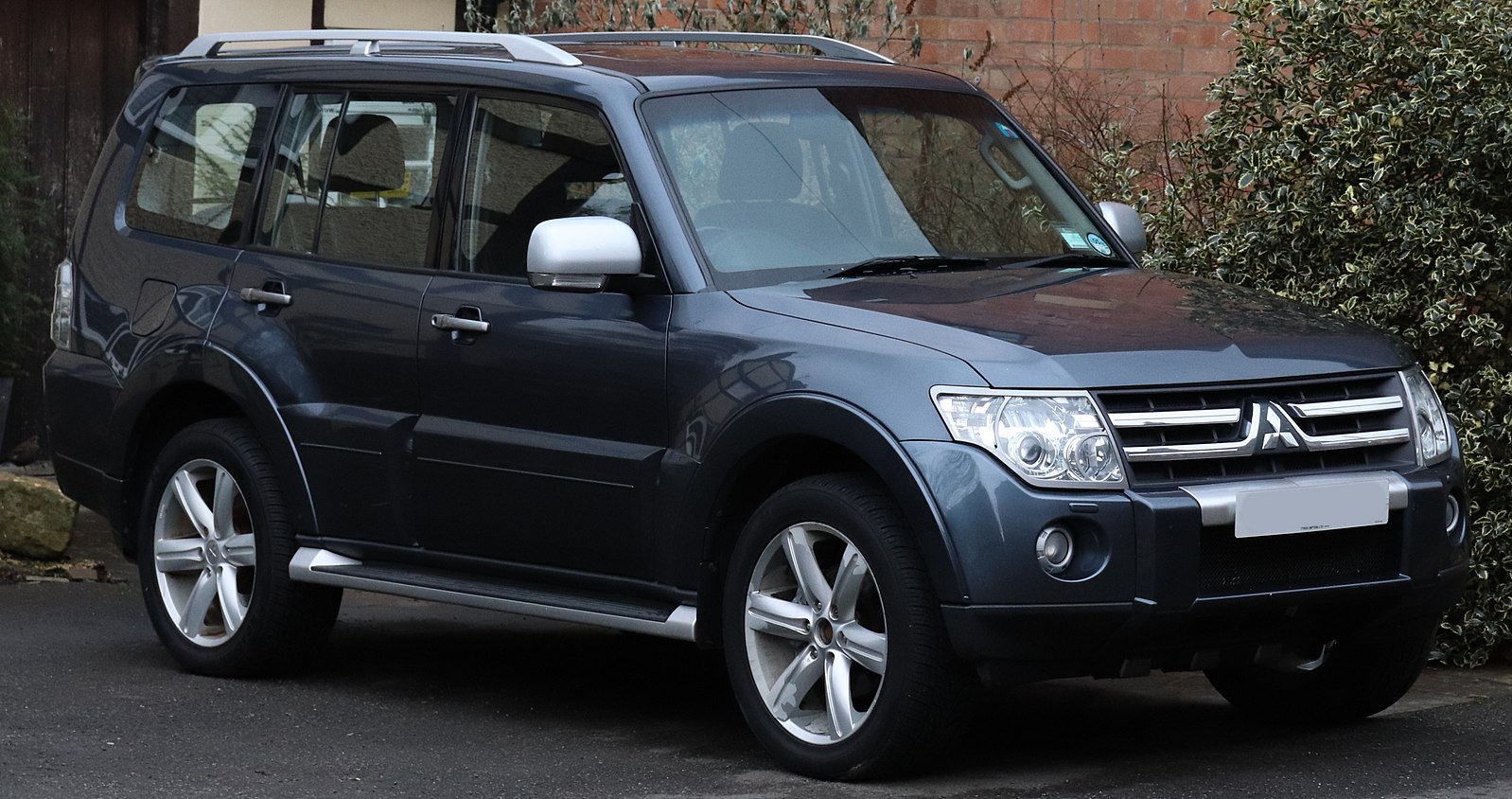
The Mitsubishi Pajero began competing with the likes of the Toyota Prado & Lexus GX. It came with the same petrol engine options as the previous generations. However, the old 2.5-litre diesel engine was dropped from the lineup. Production of the fourth-gen Mitsubishi Pajero ended in 2021.
Most Popular Mitsubishi Pajero Generations In The UAE
The Mitsubishi Pajero is one of the most popular SUVs in the UAE. The second generation of the SUV is highly revered. However, the third and fourth generations of the SUV are the most popular in the country.
Mitsubishi Pajero Sport
The Mitsubishi Pajero was succeeded by the Pajero Sport in most markets. In several countries, the Pajero Sport was sold alongside the Pajero, sometimes with the name Montero Sport. Though it carries the Pajero name, the Mitsubishi Pajero Sport is a completely different SUV, based on the Triton pickup truck.
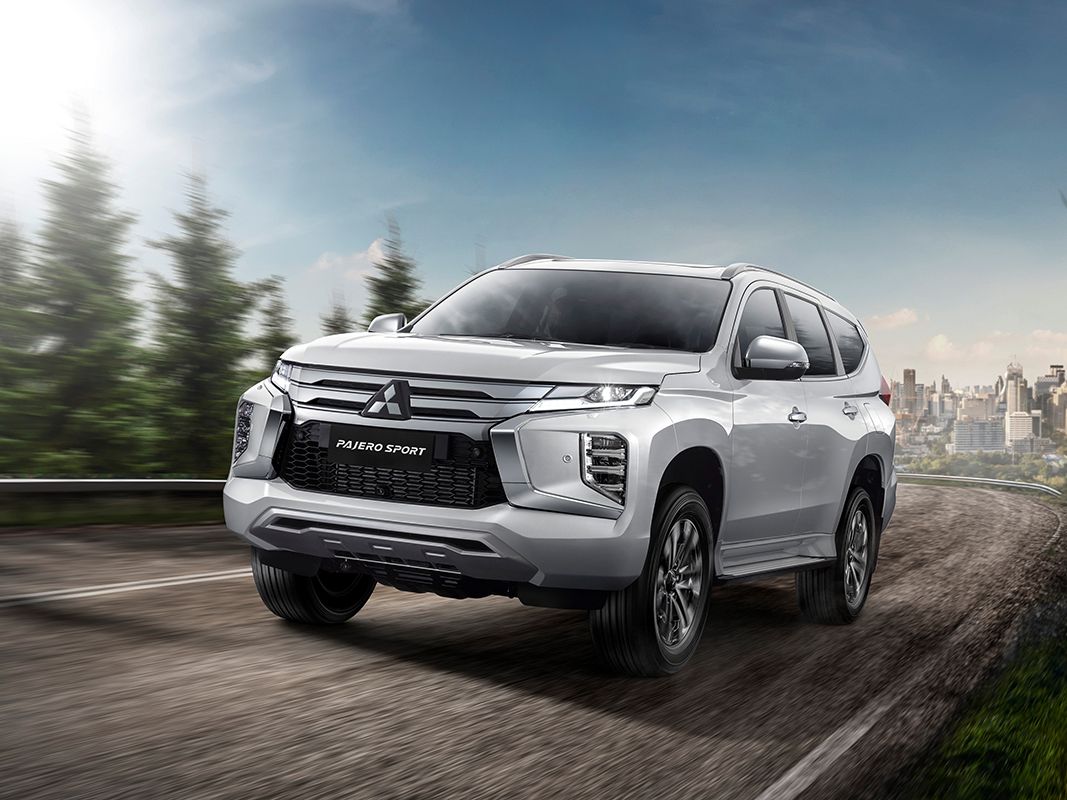
Some generations of the Pajero Sport share its engines with the Pajero, however, the similarities end there, and the Pajero Sport is not to be confused with the Pajero.
Mitsubishi Pajero Motorsport Heritage — Rally Legend
One thing the Mitsubishi Pajero was incredibly good at, was dominating rally stages and rally raids. It participated in several rallies, but its most notable motorsport effort is at the Dakar Rally. In 1983, just a year after it was launched, the SUV entered the Dakar Rally, which is the longest, toughest, and most trying rally raid in the world.
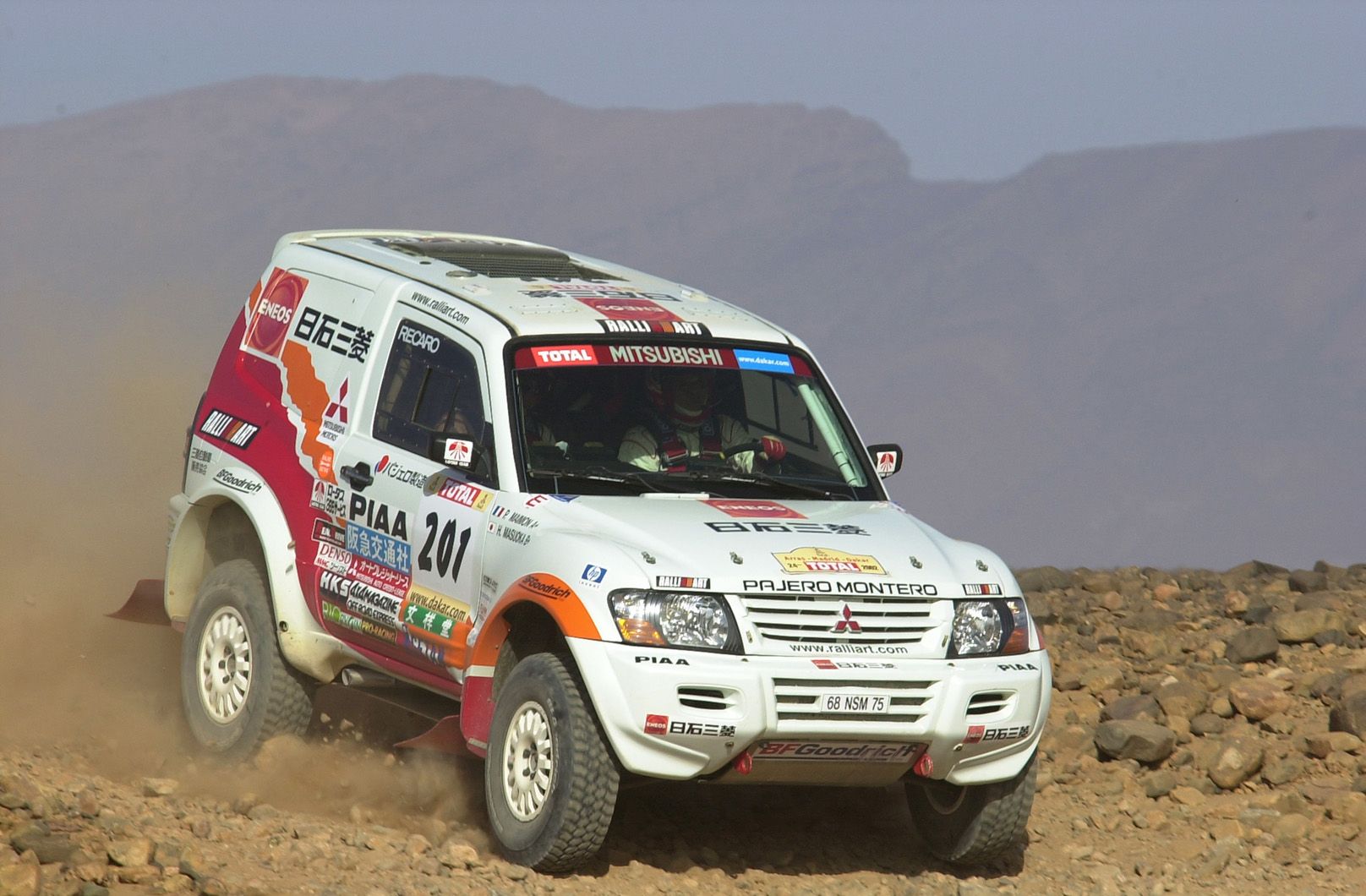
In the Dakar Rally, just crossing the finish line is a big achievement. However, in 1983, the Pajero finished first and second in its class, and among the top 14 overall. Over the years, the SUV entered the Dakar Rally 26 times and won the rally 12 times. Of the 12 wins, there were seven consecutive victories, and this streak of winning the Dakar Rally led to the Pajero earning the nickname ‘King Of The Dakar Rally’
Browse through hundreds of used Mitsubishi Pajero SUVs for sale in the UAE and new Mitsubishi Pajero SUVs for sale in the UAE.
Also Read:
– 2024 Lexus GX Revealed: Rugged Exterior & Modern Interior
– The Coolest Cars From Transformers: Rise Of The Beasts Movie
– DubiCars Personality Of The Month: Elon Musk


